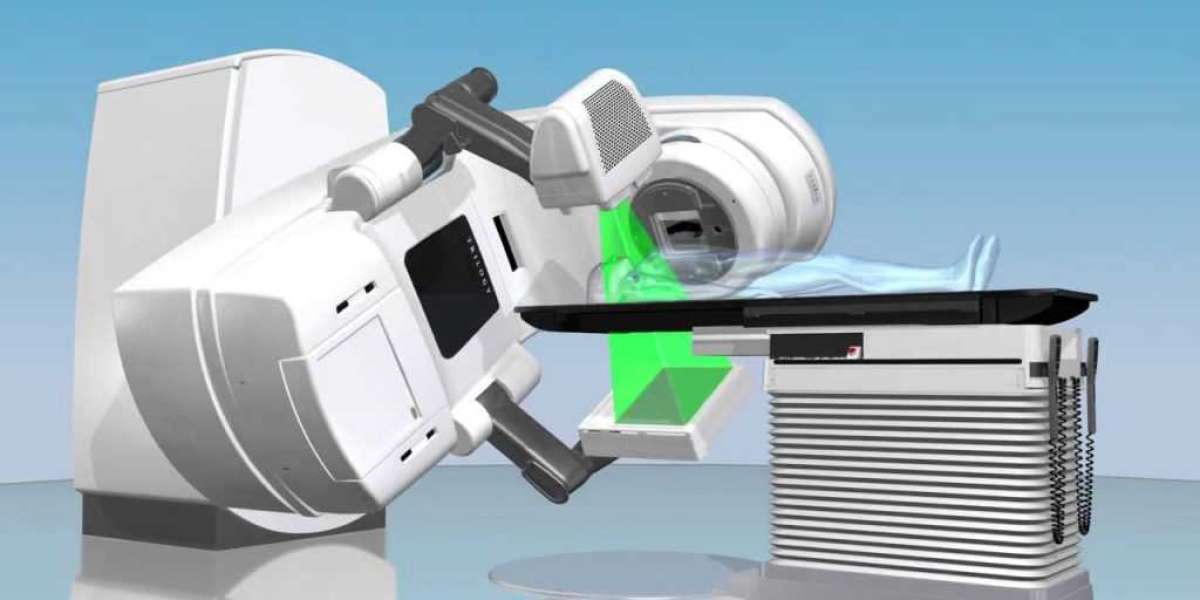By combining advanced imaging techniques with targeted radiation delivery, IGRT enables oncologists to visualize the tumor in real-time and adapt treatment parameters for optimal results. This personalized approach to cancer care has led to improved clinical outcomes, reduced side effects, and enhanced quality of life for patients undergoing radiation therapy.
One of the key advantages of IGRT is its ability to account for anatomical changes and patient motion throughout the course of treatment. By incorporating imaging data into treatment planning and delivery processes, IGRT ensures precise radiation delivery while minimizing the risk of underdosing the tumor or irradiating healthy tissues. This real-time monitoring and adjustment of treatment parameters enhance treatment accuracy and safety, particularly for tumors located in complex or sensitive areas of the body.
Moreover, the integration of IGRT with other advanced radiation therapy techniques, such as intensity-modulated radiation therapy (IMRT) and stereotactic body radiation therapy (SBRT), further enhances treatment precision and effectiveness. Combined with computerized treatment planning systems and image registration algorithms, IGRT enables oncologists to optimize treatment plans and tailor therapy to each patient's unique anatomy and tumor characteristics. This personalized approach maximizes therapeutic benefit while minimizing the risk of complications, offering new hope to patients facing a cancer diagnosis.
The adoption of IGRT is on the rise worldwide, driven by the increasing prevalence of cancer and the growing demand for advanced treatment modalities. As healthcare providers prioritize value-based care and patient-centered approaches, IGRT stands out as a transformative technology that aligns with these objectives by delivering targeted, precise, and efficient cancer treatment. Moreover, ongoing research and development efforts aimed at enhancing IGRT technologies and workflows are expected to further drive innovation and expand the applications of this cutting-edge therapy in oncology.
In conclusion, Image-Guided Radiation Therapy represents a significant advancement in cancer treatment, offering patients a more precise, effective, and personalized approach to radiation therapy. With its ability to visualize tumors in real-time and adapt treatment parameters accordingly, IGRT has become an indispensable tool in the fight against cancer. As technology continues to evolve and healthcare providers embrace innovative treatment modalities, IGRT is poised to play a central role in shaping the future of cancer care.



